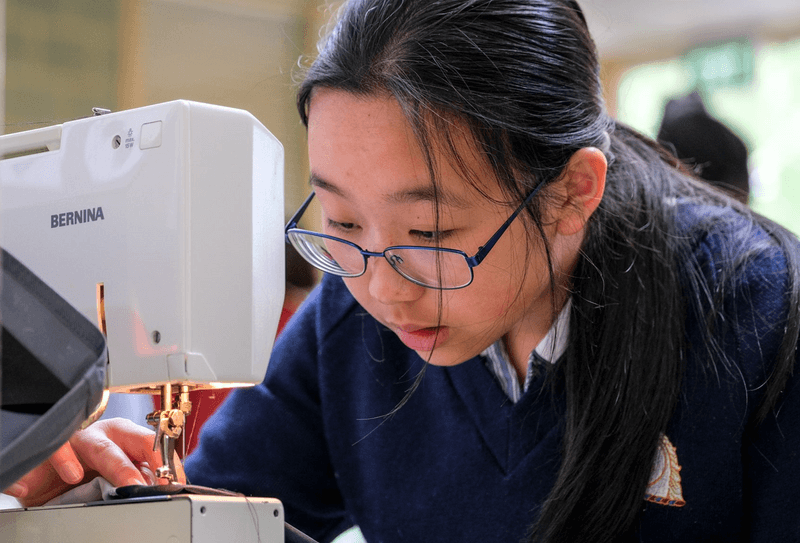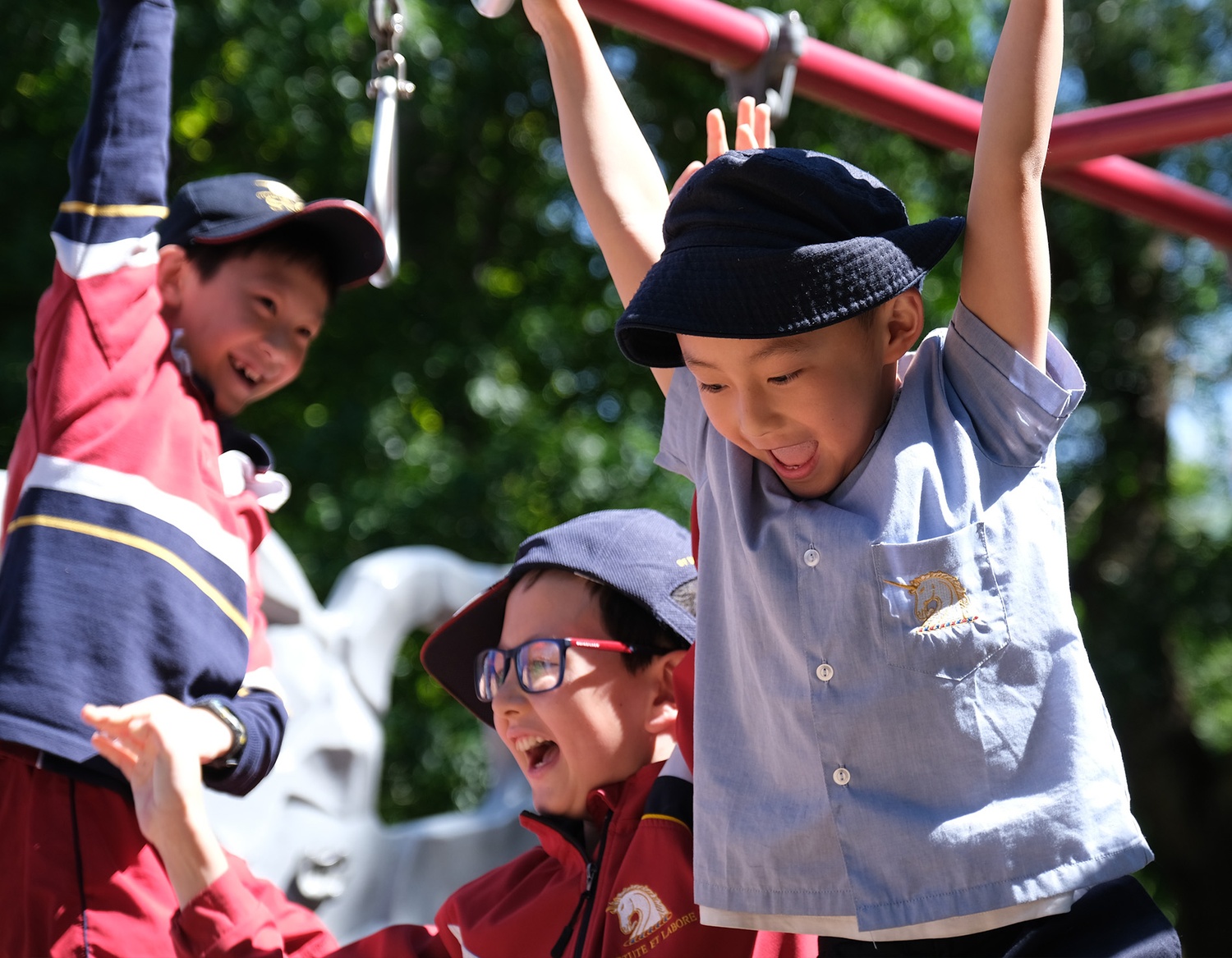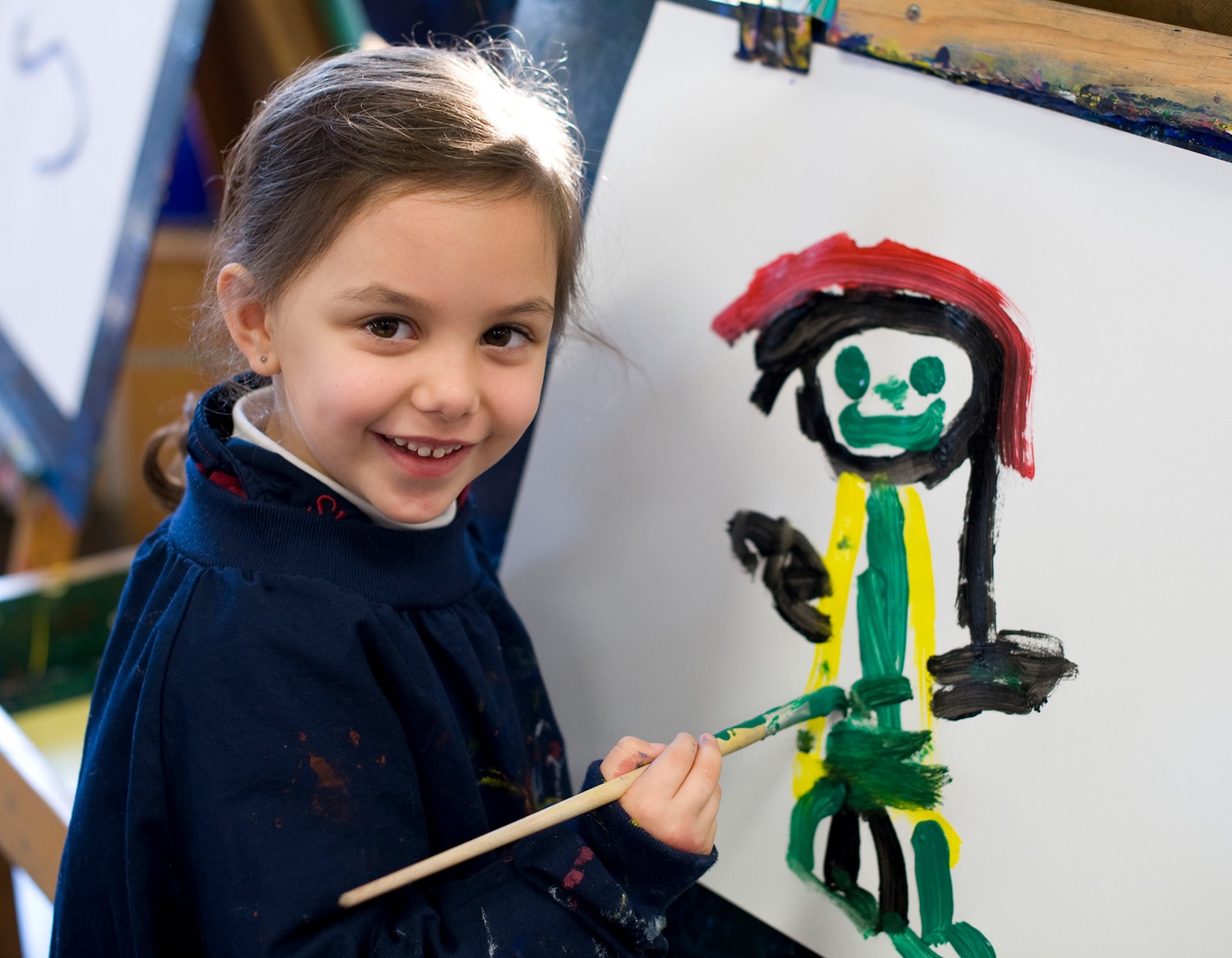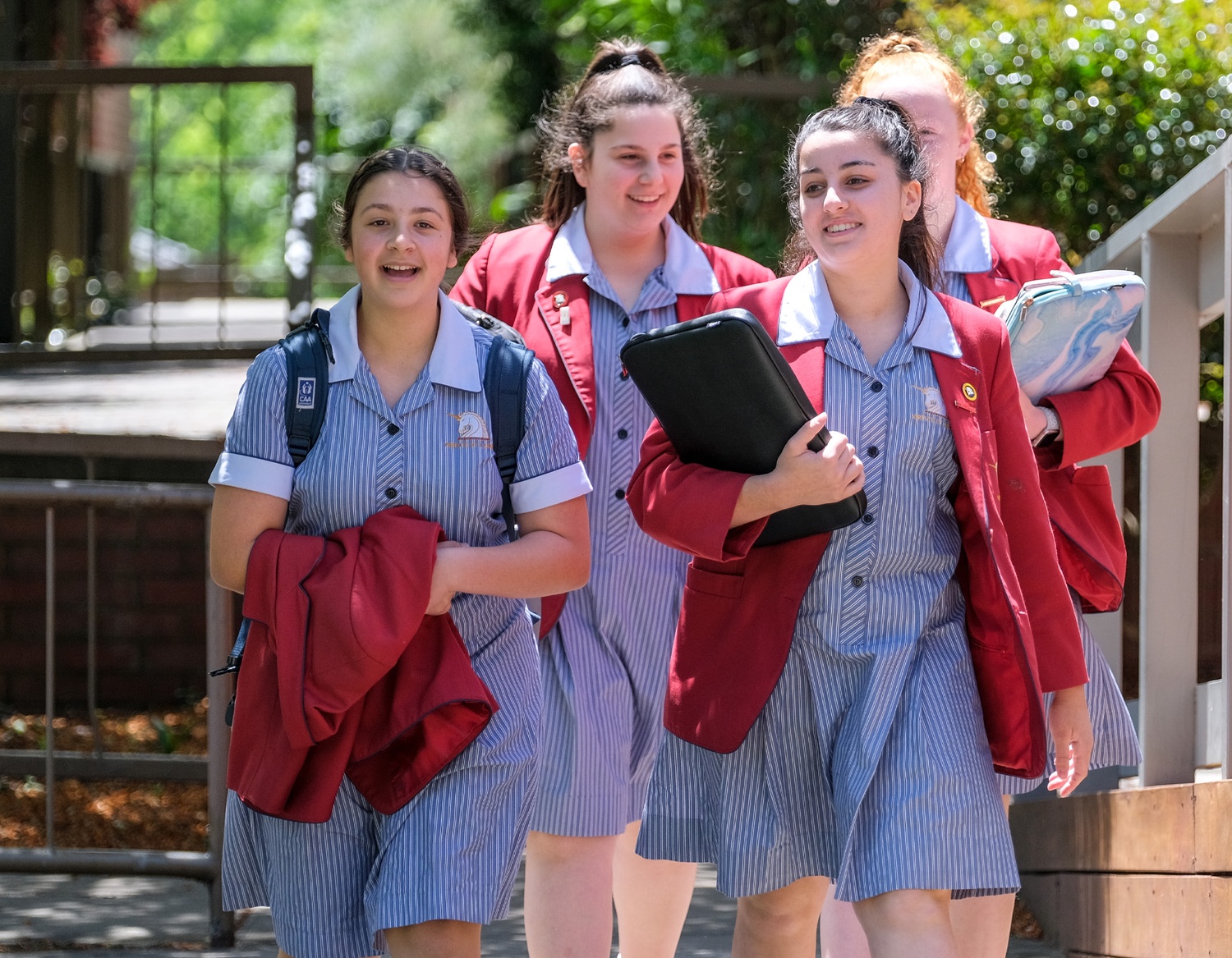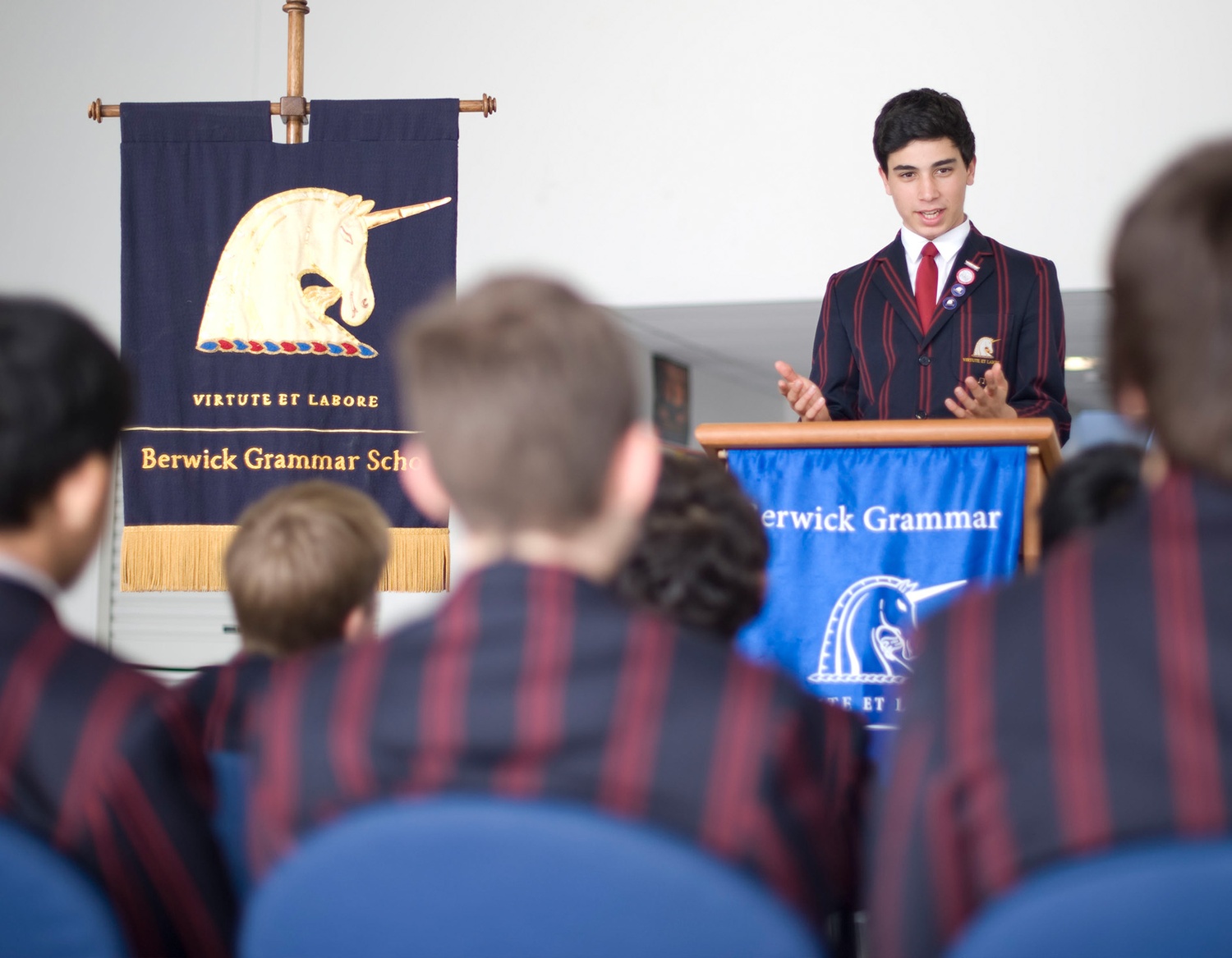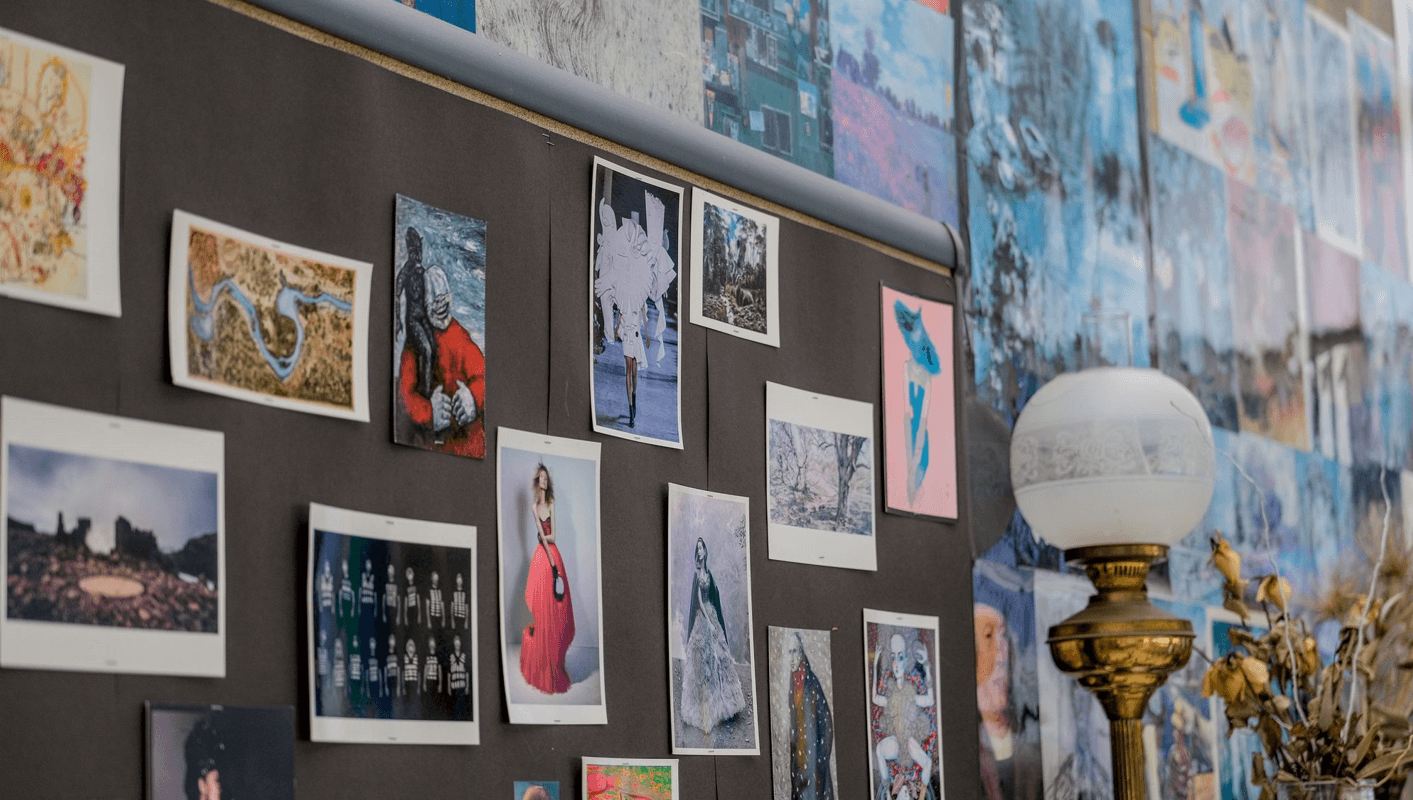Creative Practices: Ceramics
This elective combines traditional practices with contemporary approaches to ceramic design. Students will be introduced to a range of processes in both construction and decoration, including the creation of both functional and sculptural works.
The course provides experience using a range of clay bodies, glazes, and glaze techniques and to develop skills in hand building, wheel throwing and slip casting. Students will be able to explore the use of innovative technologies for decoration and image transfer, including the use laser cut stencils to print and creating custom 3D printed cutters and mould designs.
Tasks will be developed by individual students responding to selected subject matter and students will be encouraged to develop imaginative and conceptual responses to the selected topics. An analysis of the works of contemporary ceramic artists will enable students to understand the connections between techniques, processes, and visual conventions in artworks and to enable them to develop their own personal style. Students will complete a critique and reflection about their work processes and finished works.
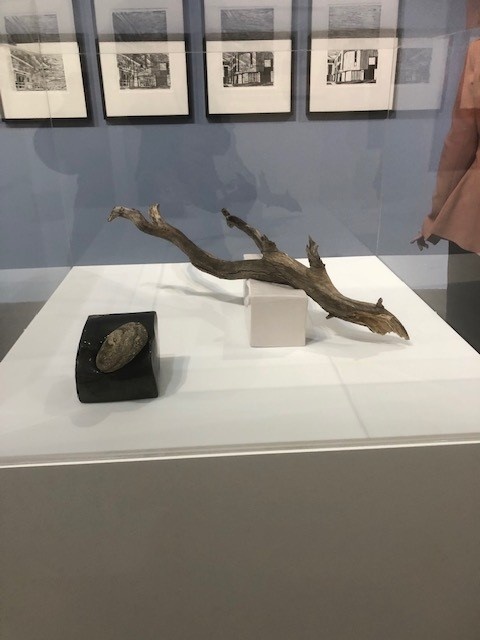
Assessment
The Ceramics course is structured to develop students’ creative and technical abilities through selected tasks and topics. The course’s assessment structure is focussed on both formative and summative assessment related to design development, annotation of work processes, art analysis and technical skills.
Creative Practices: Textiles
This elective combines traditional practices with contemporary approaches to textile design. Students will be introduced to a range of processes in both construction and decoration, including the modification of existing garments. The issues related to sustainable fashion, the fashion industry and consumer awareness underpins this unit, with students re-purposing and re-designing existing garments.
The course provides experience in the construction, de-construction, and decoration of new or existing garments. Students will be able to explore the use of innovative technologies for decoration and image transfer, including the use of laser cut stencils and direct digital printing of fabrics to construct or transform garments and costumes.
Tasks will be developed by individual students responding to selected subject matter and students will be encouraged to develop imaginative and conceptual responses to the selected topics. An analysis of the works of contemporary textiles artists will enable students to understand the connections between techniques, processes, and visual conventions in artworks and to enable them to develop their own personal style. Students will complete a critique and reflection about their work processes and finished works.
